Benchmarked: Fallout 4
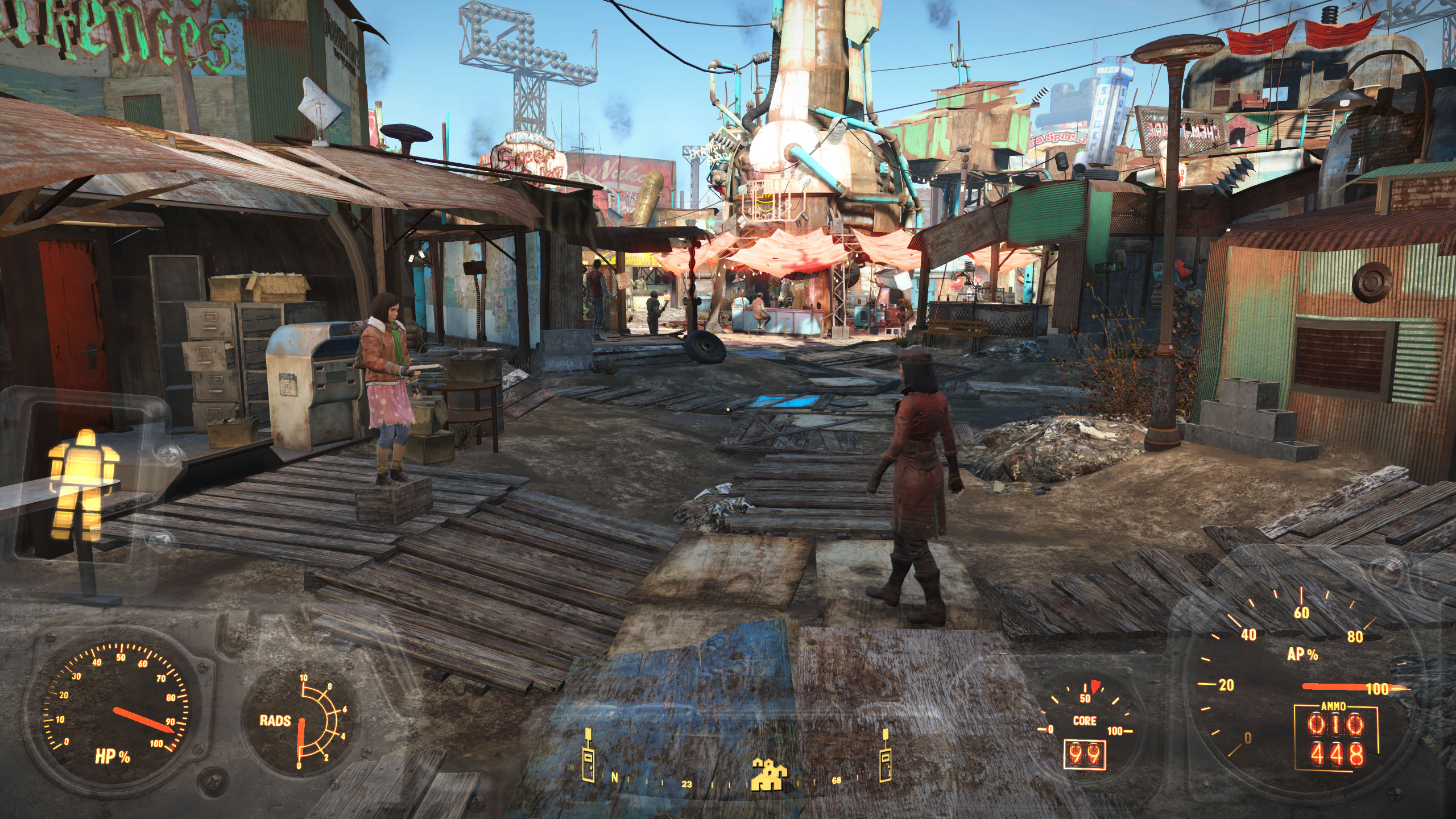
FPS encounters in the post-apocalypse
Unless you’ve been living under a rock, you’ve no doubt heard about Fallout 4, the latest entry in the acclaimed post-apocalyptic RPG series. And if you missed it, you might also want to check out the awesome case mod in our latest Rig of the Month! Fallout 4 uses an updated version of the Creation Engine that powered Elder Scrolls: Skyrim, which itself is an updated version of the Gamebryo engine that powered the previous two Fallout games as well as Oblivion. The game is receiving good reviews, but worries about system requirements are sure to cause anxiety among those sporting lesser hardware. No one wants to go out and spend $60 on a new game only to find that their PC isn’t up to snuff! Have no fear, gentle wasteland explorer; Maximum PC has you covered with some in-depth benchmarking.
Considering the Creation Engine pedigree, you might think requirements and performance will be similar to the now somewhat old Skyrim. Let’s just disabuse you of that notion right now: Fallout 4 is more demanding game by a large margin… or at least, it can be. Which isn’t to say that the graphics look cutting-edge, because frankly they don’t; Fallout 4 looks quite a bit like Fallout 3, in setting and tone. It’s full of a new story, new characters, and plenty of other things to keep you busy, but if you were hoping for a graphical upgrade to rival the likes of GTA V or The Witcher 3, Bethesda apparently isn’t interested in such things. The game doesn’t look bad, though; it’s just not a graphical tour de force.
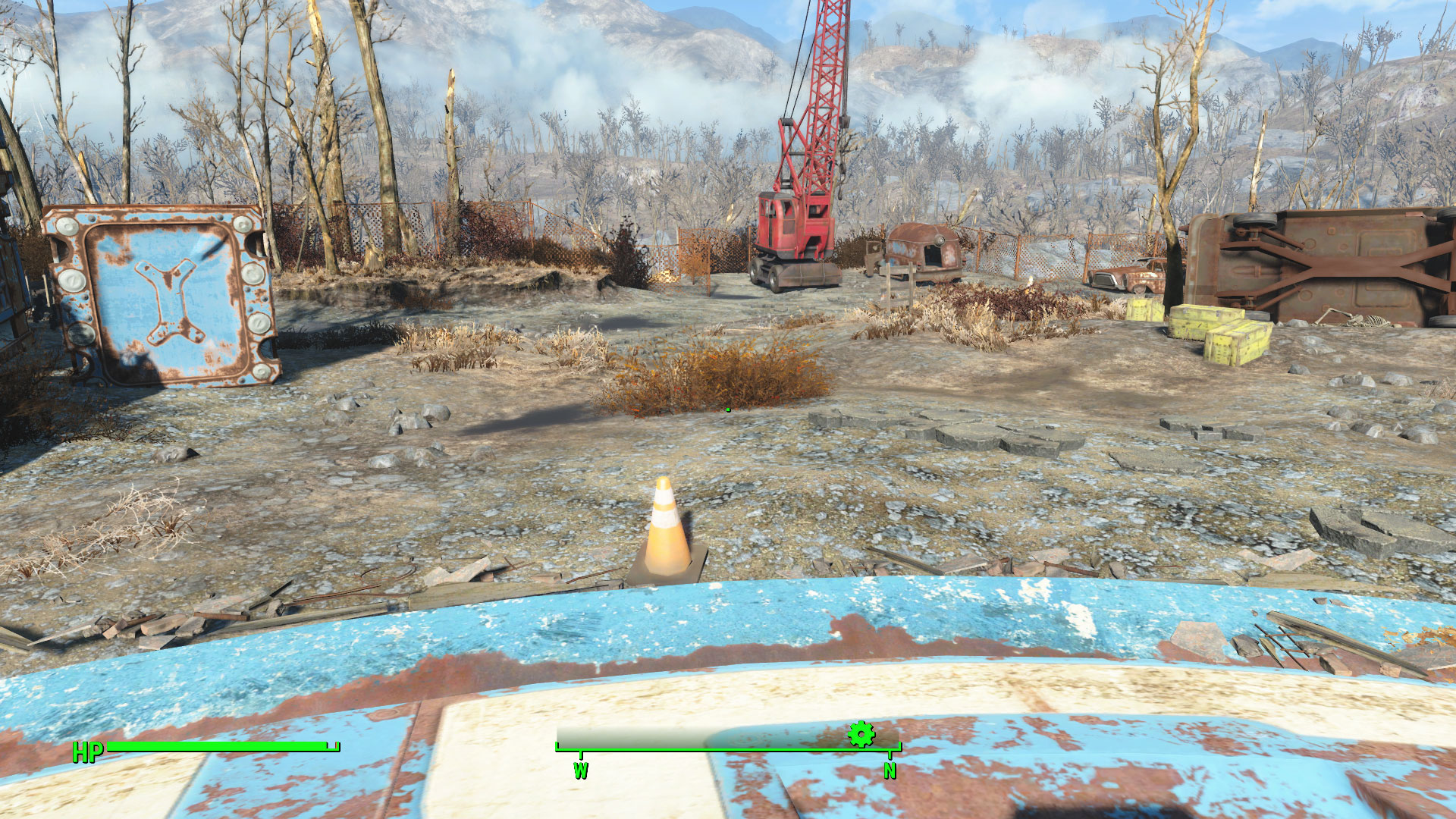
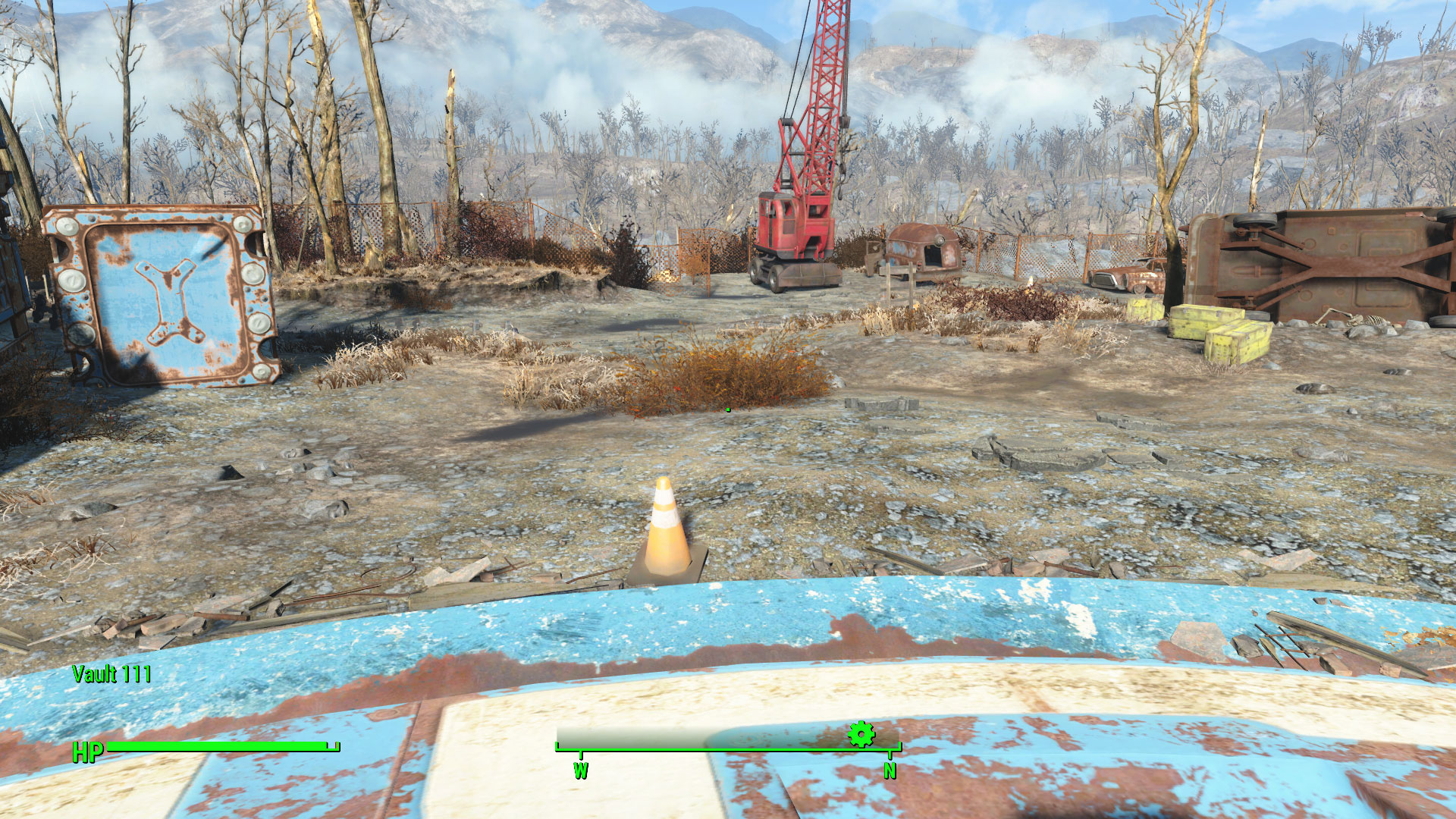
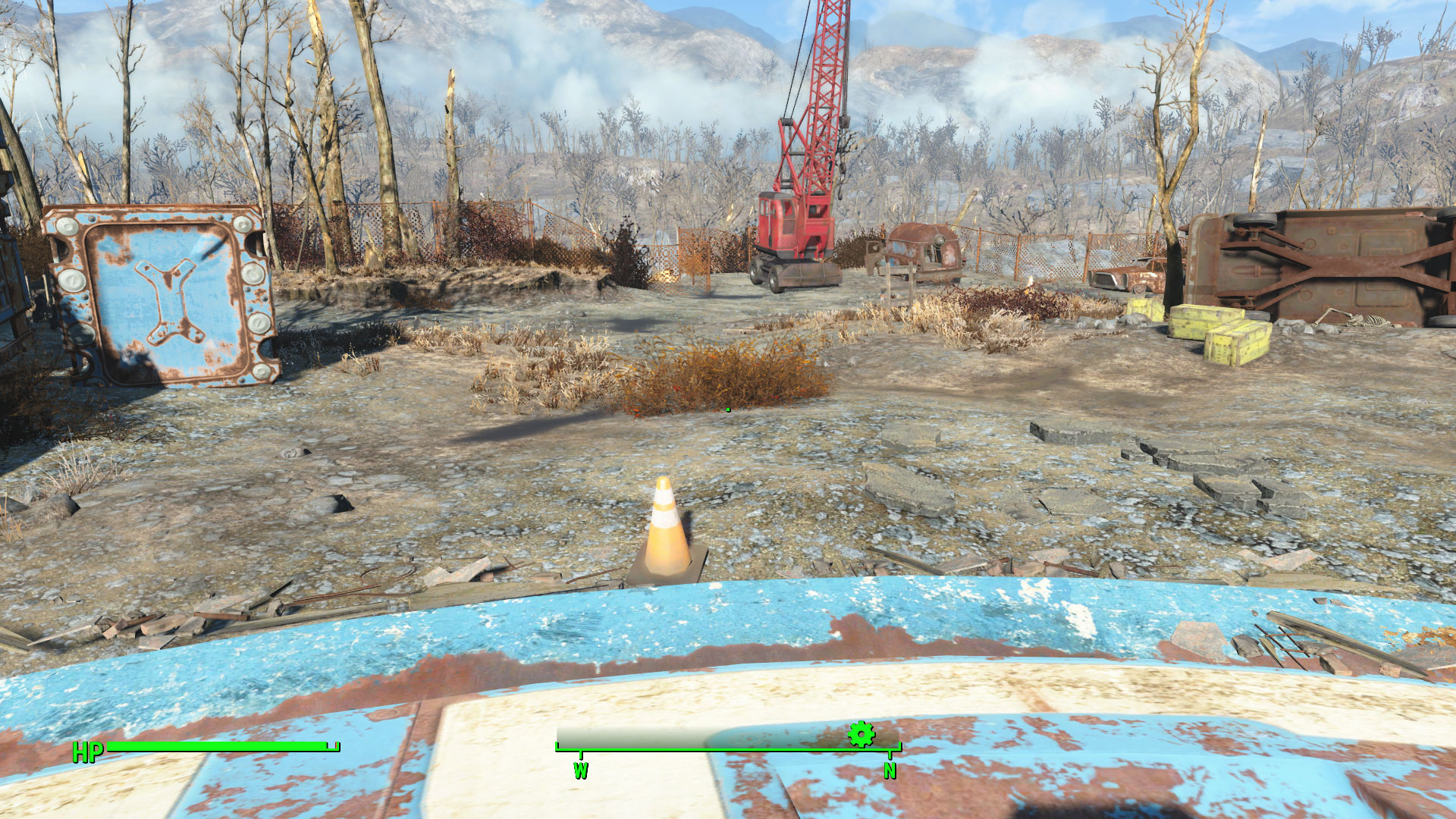
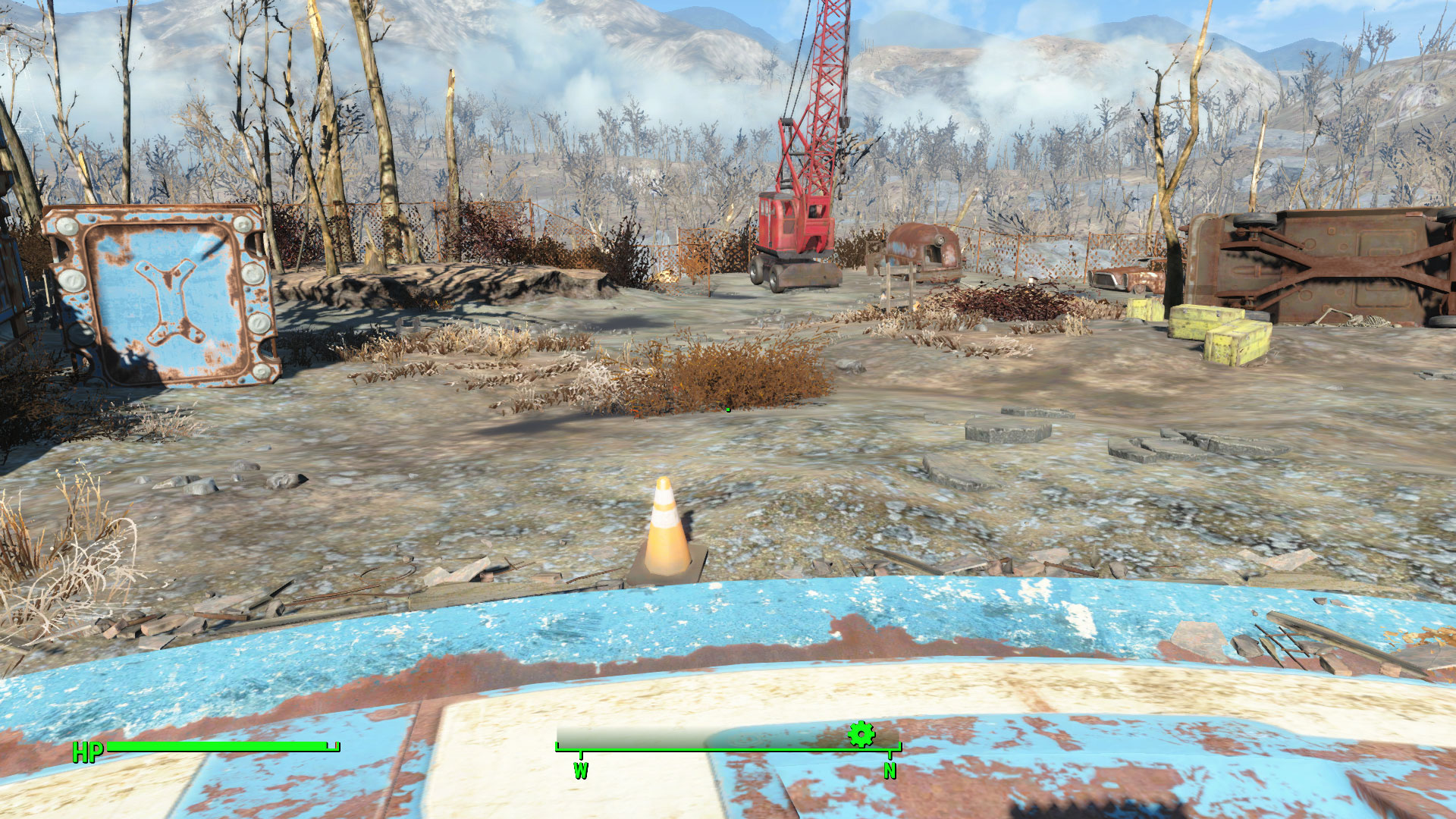
What’s interesting is how little the quality settings affect the general appearance of the game world. If you’re the type that requires all settings be cranked to maximum, you can certainly do that, and you’ll be greeted with wide expanses and shadows that extend out a fair distance. In motion and even standing still, however, going from Ultra to High quality will at best produce only minor differences in appearance. Ultra has a longer view distance for scenery and improved shadow quality, but it certainly isn’t required to enjoy the game. Even going from High to Medium quality isn’t a horrible compromise, again with a moderate drop in distant scenery and shadow quality. The drop from Medium to Low, on the other hand, is quite a cliff; textures get a clear downgrade, shadows begin to look very blocky, and anti-aliasing drops from a higher quality TAA mode to FXAA, which is full of jaggies.
We’re testing with mainstream to ultra-high-end GPUs, which means there’s little point in benchmarking the Low setting. In fact, without editing the INI file to remove the default frame rate limiter, for most people there’s hardly any need to test below the High setting on our collection of graphics cards. All of them are able to exceed 60 FPS at 1080p Medium, though in some cases it’s a close call, but let’s get back to that frame rate limiter for a moment.
Yes, Bethesda has decided it’s in their best interest to put a cap on frame rates. Back in the days of Fallout 3 and even Skyrim, you could at least make something of an intelligent argument for an FPS cap; today, such design decisions border on the ludicrous. But it’s a bit more complex than that; you see, this isn’t a strict 60fps cap, but instead it’s limited by your refresh rate. If you happen to have a 120Hz or 144Hz refresh rate display, the game will happily run at more than 60 FPS. Plus, you can remove the frame rate limiter, though there are potential consequences.
First, to do so, just open your Fallout4Prefs.ini file (in your Documents\My Games\Fallout4 folder) and set iPresentInterval=0 (instead of 1)—and note that any time you adjust the setting using the game launcher or change your graphics card, you’ll need to change the setting again, as there’s no global override. This fixes the frame rate cap issue, but just like Skyrim, some things can get a bit wonky after the removal of the FPS cap. In Skyrim, high frame rates could cause dragons to warp around and made the game effectively unplayable on faster systems; we didn’t see character/creature warping in our limited testing, but we did notice other problems.
One clear side effect: If your frame rates get above 120fps, the game speeds up. Our benchmark sequence is 34 seconds long by default, and that tends to be true up until 120fps (give or take). But when our average reached 137fps, the time for our benchmark run had decreased to 31 seconds—not a huge difference, but you could feel it. Where it really got fun, though, was with our Medium settings on the fastest GPUs, which averaged 168fps. Walking through the benchmark path was down to 25 seconds, a very palpable 35 percent increase in walking speed, and at 200fps we finished in 21.5 seconds (at which point we appear to be hitting a CPU bottleneck). Everything speeds up, however, including the menus and loading scenes—without the frame rate limiter, tapping the up or down arrow shoots the menu selection up/down the list (which can be nice if you have a ton of junk in your inventory), and you likely won’t be able to read through all the text on a loading screen before it changes.
The biggest gaming news, reviews and hardware deals
Keep up to date with the most important stories and the best deals, as picked by the PC Gamer team.

The bigger issue is the number of things that seem to break at higher FPS. For example, I couldn’t move after using a terminal screen—sometimes. Others have reported being unable to use Power Armor with iPresentInterval off. Basically, things break, and unless you happen to have a system that stays in the “sweet spot” of sub-100fps (maybe even sub-90), it’s probably best to just leave the frame limiter enabled. And for those of you who happen to be running 144Hz displays, we ran into issues on those as well. The problems seem to occur less frequently, but the same “stuck after using a terminal” problem occurred on occasion. This, frankly, sucks. “Sorry, 144Hz display—no soup for you!”
It’s a dumb design decision to tie the functioning of the game world to frame rates, and it needs to stop—not just from Bethesda, but from other developers as well. VR headsets are targeting 90Hz refresh rates, and five years from now, who knows what we’ll consider ideal? The fact that problems occur even without hacking the INI files on high refresh rate displays is a bug at best that needs to be fixed. Hopefully, Bethesda will do so, and ideally all future games using the Creation Engine (or its descendants) will work at arbitrary frame rates. Don’t even get us started on the silliness of 24fps movies with lots of motion blur.
Despite the potential issues with higher frame rates (anecdotally, staying under 90fps seems to avoid most issues), we’re still going to benchmark the game—for science!
Jarred's love of computers dates back to the dark ages when his dad brought home a DOS 2.3 PC and he left his C-64 behind. He eventually built his first custom PC in 1990 with a 286 12MHz, only to discover it was already woefully outdated when Wing Commander was released a few months later. He holds a BS in Computer Science from Brigham Young University and has been working as a tech journalist since 2004, writing for AnandTech, Maximum PC, and PC Gamer. From the first S3 Virge '3D decelerators' to today's GPUs, Jarred keeps up with all the latest graphics trends and is the one to ask about game performance.


